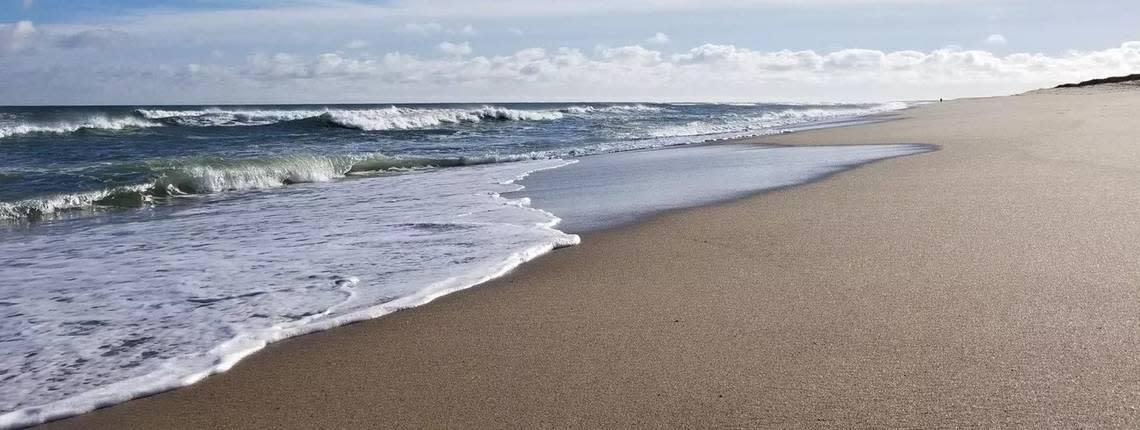Pink creature seen in Northeast — perhaps for first time ever. How did it get there?

The pink thing on the water didn’t look natural, so the fisherman began making his way to it.
It was June 2 at about 6 p.m. on Cape Cod, WBZ reported. Nothing seemed strange.
Debris floating in Massachusetts waters is common, according to the news outlet, and good Samaritans sometimes take it upon themselves to grab it.
As the fisherman got closer, however, he saw that the item wasn’t a “thing” at all. It was a bird — a flamingo to be exact, WBZ reported.
Stunned, he took out his phone to take pictures.
Flamingos are native to tropical areas. According to the Smithsonian’s National Zoo & Conservation Biology Institute, American flamingos are mostly in the Caribbean Islands and the northern coast of South America.
Unless they are in captive habitats, the majority of flamingos in the continental United States are in Florida, WBTS reported.
If this is in fact a wild flamingo and not one that escaped captivity, this is the first sighting of a wild flamingo in Massachusetts history, local news outlets reported, citing experts.
As news of the vagrant bird made its way through social media, bird watchers from Long Island, New York, said they thought it was the same flamingo they had spotted only days before.
“This bird – the first on record in New York State – is believed to be on Cape Cod now,” JacquelineUWS wrote in a caption under a photo of the bird.
As to what on Earth the animal is doing in the Northeastern U.S. at all, experts have a few theories.
Mark Faherty, science coordinator for Mass Audubon Cape Cod, told WBTS that a hurricane nine months ago may be to blame.
In August, Hurricane Idalia displaced a number of flamingos that were later spotted in unusual parts of the country, such as Wisconsin and Ohio.
Faherty told the news outlet that this Massachusetts flamingo sighting could be a part of this storm’s aftermath.
“The thinking is it’s just some bird that was displaced by the hurricane back then that doesn’t know where it lives anymore,” he told WBTS.
50-foot sea creature washes up on Delaware shore. But rescue proves too ‘treacherous’
Plant that vanished from Vermont 108 years ago accidentally rediscovered, botanists say
‘Prehistoric-looking’ birds gathering by thousands on NC’s Outer Banks, experts say


